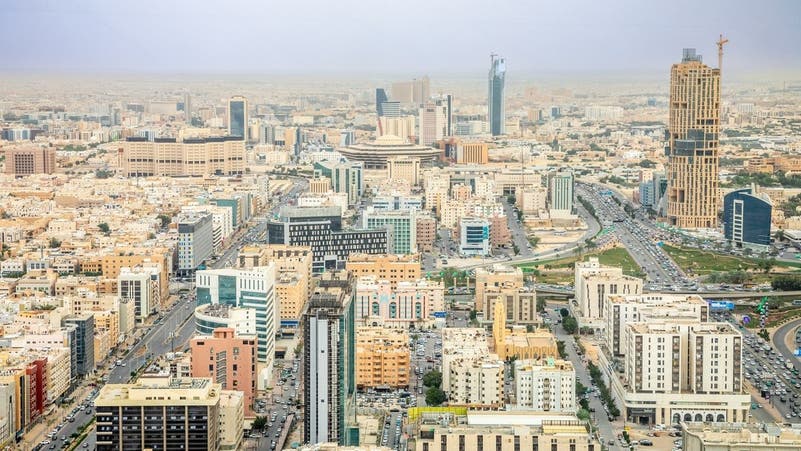The Riyadh Infrastructure Projects Center announced the implementation of the Infrastructure Code starting tomorrow, Thursday. This code serves as a unified regulatory and technical guide for infrastructure projects, providing a standardized reference for government entities, service providers, contractors, consultants, and laboratories. It enables them to access the necessary technical and regulatory requirements for planning, coordinating, executing, and monitoring infrastructure projects related to telecommunications, energy, water, sewage, roads, and more. This includes projects by both government and private entities, as well as major developments across the entire Riyadh region, encompassing the capital city, provinces, and villages.
The code aims to enhance coordination among stakeholders, unify standards, and improve the quality and safety of project execution. It covers all stages of a project’s lifecycle, from planning and obtaining necessary permits to execution, traffic management plans, safety and environmental procedures, and final site closure. The code includes numerous standards and controls related to safety barriers, permits, execution quality, site cleanliness, signage, dust and waste control, and accessibility to homes and public facilities.
The Infrastructure Code contributes to higher work quality, improved compliance, better on-site project environments, and ensures the safety of residents, pedestrians, and workers. It also promotes smooth operations without disrupting daily life. Contractors are required to provide safe pathways, coordinate traffic flow, secure sites around the clock, install standardized identification signs, implement warning lighting, maintain daily site cleanliness, and periodically update permits.
Since its initial rollout, the Riyadh Infrastructure Projects Center has conducted over 25 workshops and meetings to familiarize service providers and contractors with the code’s contents, regulations, and key standards. These efforts aim to ensure effective implementation, foster optimal partnerships, and achieve goals such as enhancing quality of life, improving urban landscapes, and increasing spending efficiency in infrastructure projects.






